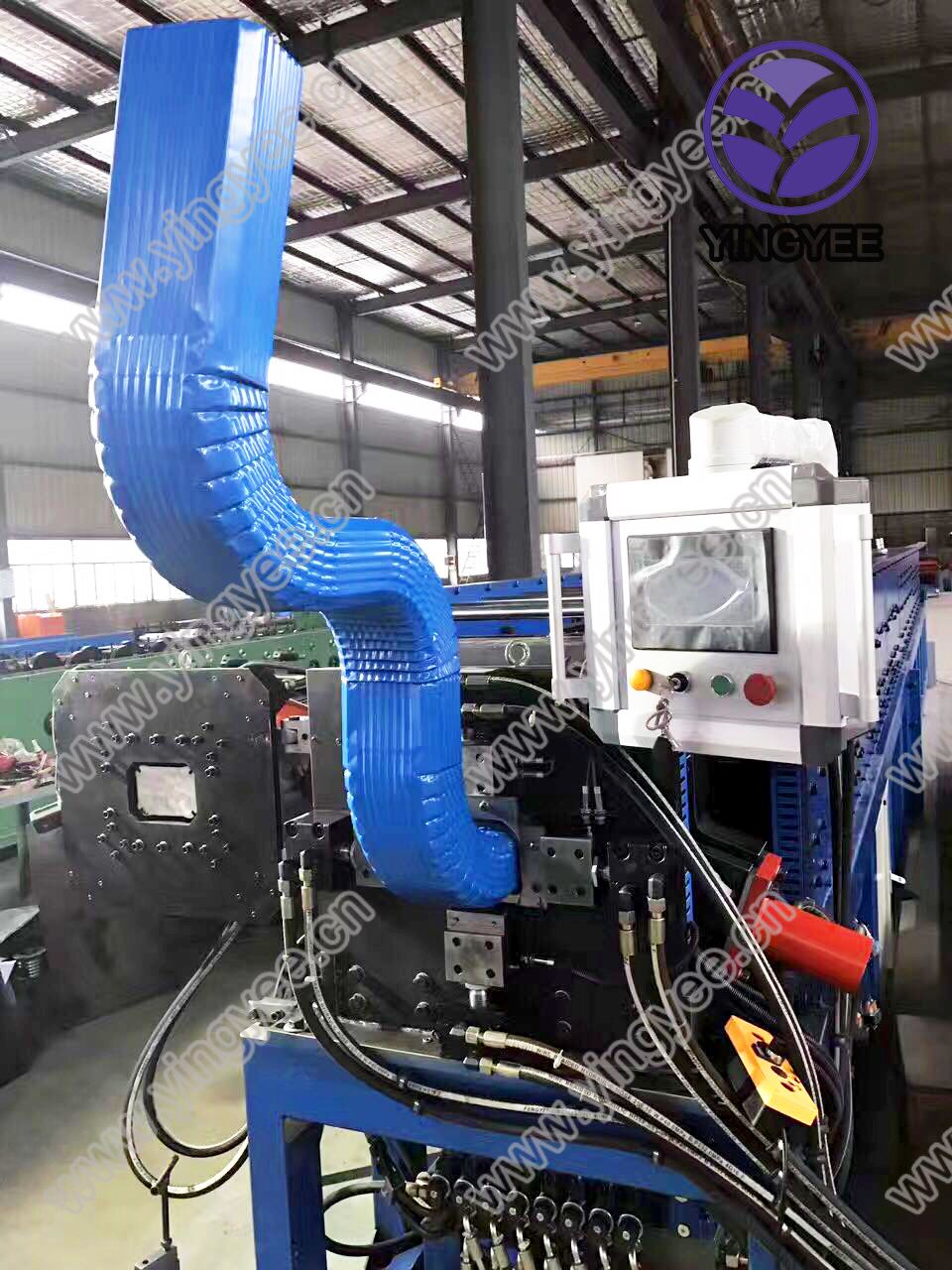
Understanding the Roll Forming Machine An Essential Tool for Metal Fabrication
The roll forming machine is a crucial piece of equipment in the metalworking industry, particularly for companies engaged in the production of long-shaped metal products. This advanced machinery is designed to shape metal sheets into various profiles and forms through a continuous bending process. This article will delve into the mechanics, applications, and benefits of roll forming machines, focusing on their significance in modern manufacturing.
What is a Roll Forming Machine?
A roll forming machine is a specialized piece of machinery that reshapes metal parts by passing them through a series of rollers. The fundamental principle involves feeding a flat metal sheet, usually made of steel or aluminum, through multiple sets of rollers that progressively bend the material into the desired shape. The process is continuous, meaning the machine can produce an endless length of the profile, which can then be cut to specific sizes per the production requirements.
The formation of metal profiles can take many shapes, such as C-channels, Z-sections, U-profiles, and more. The variety of shapes produced by roll forming machines is vast, making them suitable for various applications in numerous industries.
Applications of Roll Forming Machines
Roll forming machines are implemented in various industries, reflecting their versatility. Some major applications include
1. Construction Roll forming machines are commonly used to produce metal components for buildings, such as roofing panels, wall studs, and door frames. These components are essential for both structural integrity and aesthetic considerations.
2. Automotive In the automotive industry, roll formers create parts like chassis, bumpers, and trim components. The precision of roll forming ensures that high-quality parts meet the rigorous standards of this sector.
3. HVAC Heating, ventilation, and air conditioning systems often require ductwork and supports that can be efficiently made using roll forming. The ability to create custom shapes helps in achieving performance and efficiency.
4. Furniture Roll forming is also popular in the furniture industry, where frames, brackets, and other structural components are manufactured. The process allows for lightweight yet durable products that can support significant loads.

5. Consumer Goods Household appliances and electronic items sometimes use roll-formed parts. The precise dimensions and consistency benefit the overall design and functionality of the products.
Benefits of Using Roll Forming Machines
There are numerous advantages to utilizing roll forming machines in production, including
1. Efficiency Roll forming is a fast production method, allowing manufacturers to produce large quantities of metal profiles in a relatively short amount of time. This efficiency translates into reduced labor costs and lower production times.
2. Material Conservation The continuous process of roll forming minimizes wastage of raw materials. Unlike other methods that may require cutting and trimming, roll forming produces minimal scrap, which enhances profitability.
3. Precision and Consistency The design of the rollers ensures that each piece produced is uniform in dimensions and weight. This level of detail is critical in industries like automotive, where precision impacts safety and functionality.
4. Customization Roll forming machines can be designed and configured to produce a variety of shapes. Custom tooling can be created for specific needs, allowing manufacturers to respond quickly to changes in demand or design specifications.
5. Strength and Durability The continuous bending process contributes to the structural integrity of the finished products. Roll-formed metal profiles are typically stronger than those created through other methods.
Conclusion
In conclusion, the roll forming machine stands as a quintessential tool in the metal fabrication industry. Its ability to produce diverse shapes with high efficiency, precision, and minimal waste makes it indispensable for manufacturers across various sectors. As technology continues to advance, the capabilities and applications of roll forming machines are likely to expand, further establishing their role as a cornerstone of modern manufacturing. For businesses looking to enhance their production processes and product quality, investing in a roll forming machine can be a strategic move that yields significant returns.